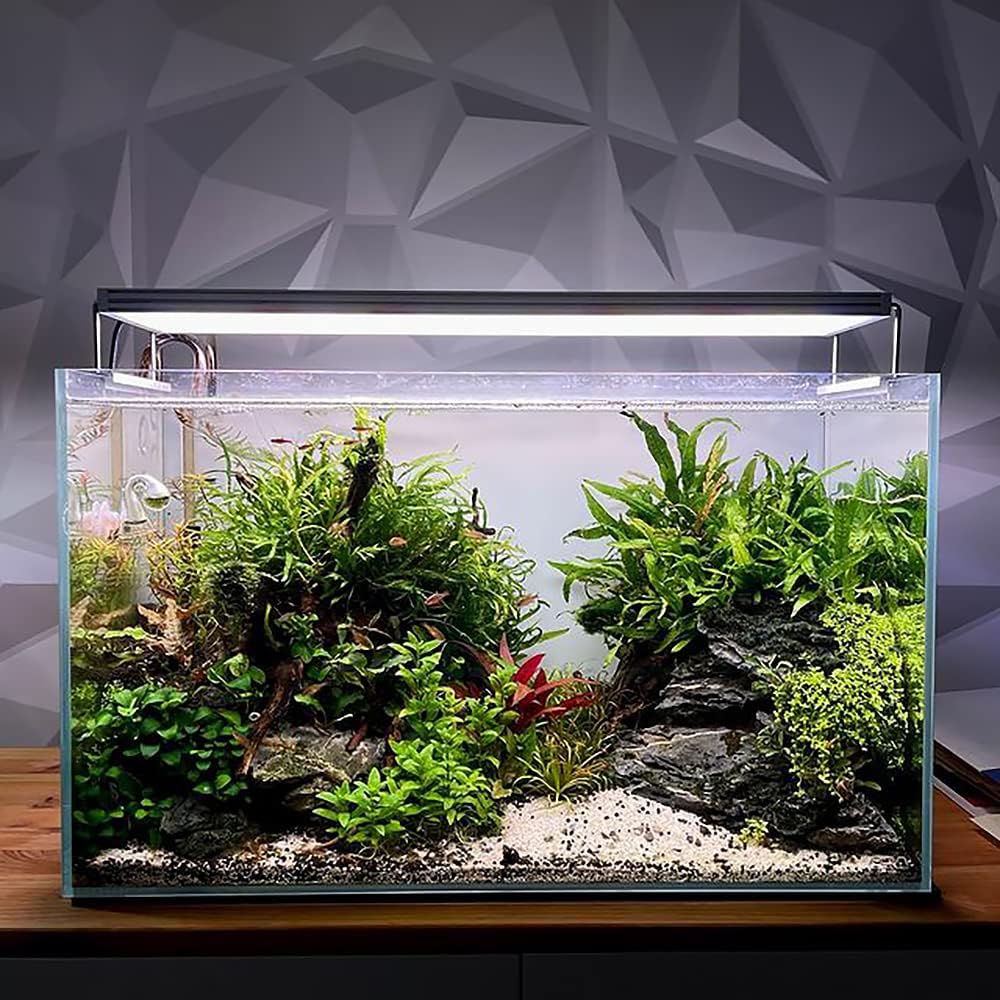Java Fern (Microsorum pteropus) is a staple in the aquarium world, celebrated for its hardiness and beauty. A common question among aquarists is, “How big does Java Fern get?” This article will explore the growth potential of Java Fern, focusing on its height and overall size, and provide insights into the factors influencing its growth.
So, if you’re new to the world of aquariums, fear not, we’ve got all the latest up to date information on this popular plant.
How Tall Does Java Fern Get?
The height of Java Fern can vary, but typically, it reaches about 6 to 12 inches (15 to 30 centimeters) tall. In ideal conditions, certain varieties can grow even taller, sometimes up to 13.5 inches (around 35 centimeters). The growth rate of Java Fern is generally slow, which is beneficial for maintaining a balanced aquarium without constant pruning.
The leaf size and shape can also vary. Some leaves are long and narrow, while others can be broader, but all share a distinctive leathery texture. The slow growth rate means that it takes time for the plant to reach its full height, which can be a desirable trait for aquarists who prefer a low-maintenance setup.
Overall, this plant can end up looking quite spectacular, making it one of the best aquarium plants for beginners.
Factors Influencing Growth
Several factors influence the growth of Java Fern, and all must be considered if you’re looking to maintain a healthy, well balanced aquarium. The main factors to consider have been list below:
- Lighting: Java Fern thrives in moderate lighting but can survive in low-light conditions. The amount of light can affect its growth rate and leaf coloration.
- Water Conditions: This plant is adaptable to a wide range of water conditions but prefers a pH between 6 and 7.5 and a temperature range of 68°F to 82°F (20°C to 28°C).
- Nutrients: While Java Fern can survive with minimal fertilization, providing it with adequate nutrients, especially in low-fish tanks, can encourage healthier growth.
- Placement: Being an epiphytic plant, Java Fern should be attached to rocks or driftwood. Its growth can be hindered if planted directly in substrate.
Managing Growth in Aquariums
To maintain the desired size and shape of Java Fern in an aquarium, regular pruning is recommended. Trimming the older leaves not only keeps the plant healthy but also stimulates new growth. If the plant becomes too large, it can be easily propagated by separating the rhizome or replanting the plantlets that grow on mature leaves.
Challenges of growing Java Fern
Cultivating Java Fern in an aquarium involves navigating a few key challenges, despite its reputation as a hardy plant. A primary issue is its sensitivity to water conditions. Java Fern prefers a pH range of 6.0 to 7.5 and a temperature between 68°F and 82°F. Deviations from these parameters can stress the plant, leading to poor growth or leaf decay.
Another challenge is its unique rooting requirement. Unlike many aquatic plants, Java Fern must not be buried in the substrate. Its rhizome, the horizontal stem from which leaves and roots grow, requires exposure to water. If buried, the rhizome can rot, damaging the plant. Instead, it should be tied to rocks or driftwood, allowing it to anchor naturally.
Furthermore, Java Fern grows slowly, making it susceptible to algae growth on its leaves, especially in brightly lit aquariums. This necessitates regular cleaning and maintenance to prevent excessive algae accumulation, which can hinder photosynthesis and overall plant health.
Conclusion
Java Fern is a versatile and resilient plant that can fit into various aquarium setups, from small tanks to large ones. Its potential to reach a height of up to 13.5 inches, along with its slow growth rate, makes it a popular choice for both novice and experienced aquarists. By understanding and catering to its basic needs, you can ensure that your Java Fern not only survives but thrives, adding a touch of nature’s elegance to your aquatic environment.
